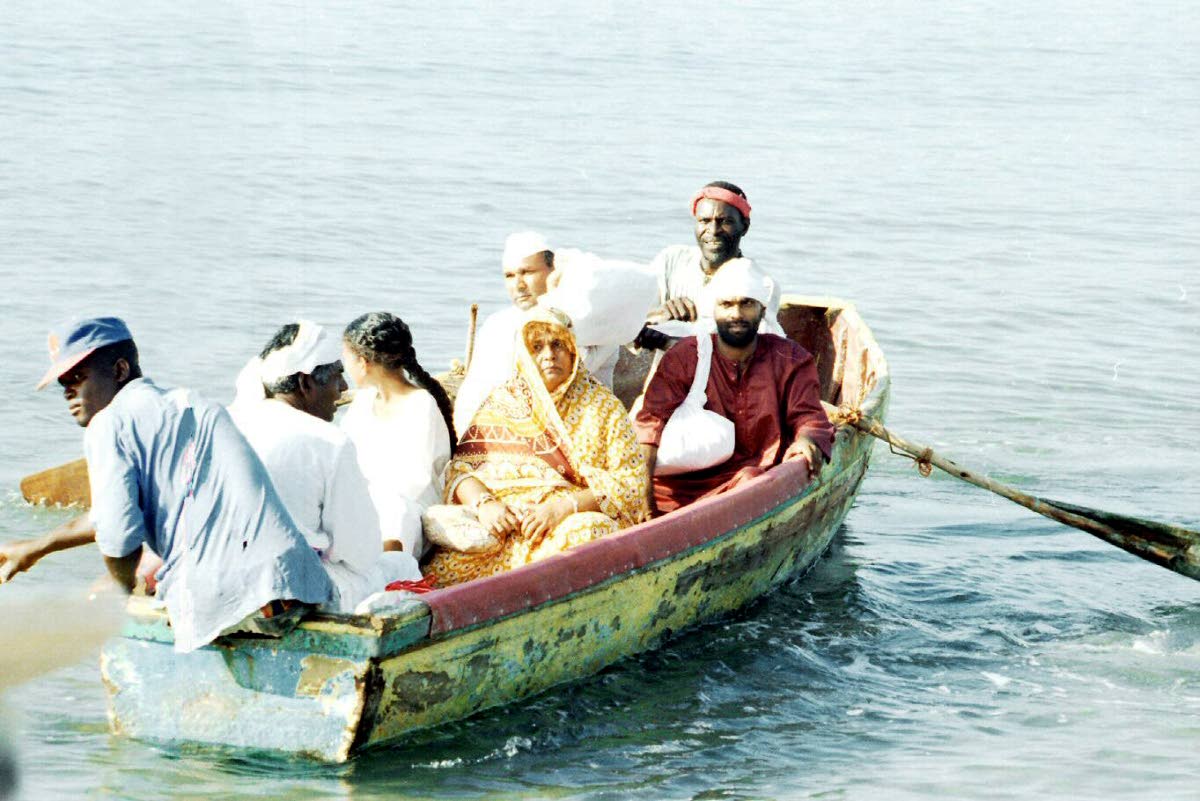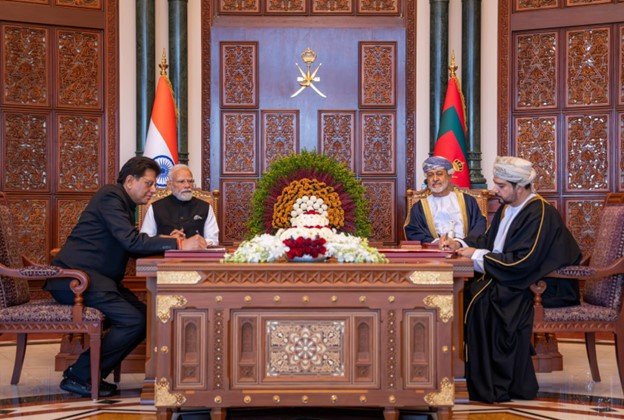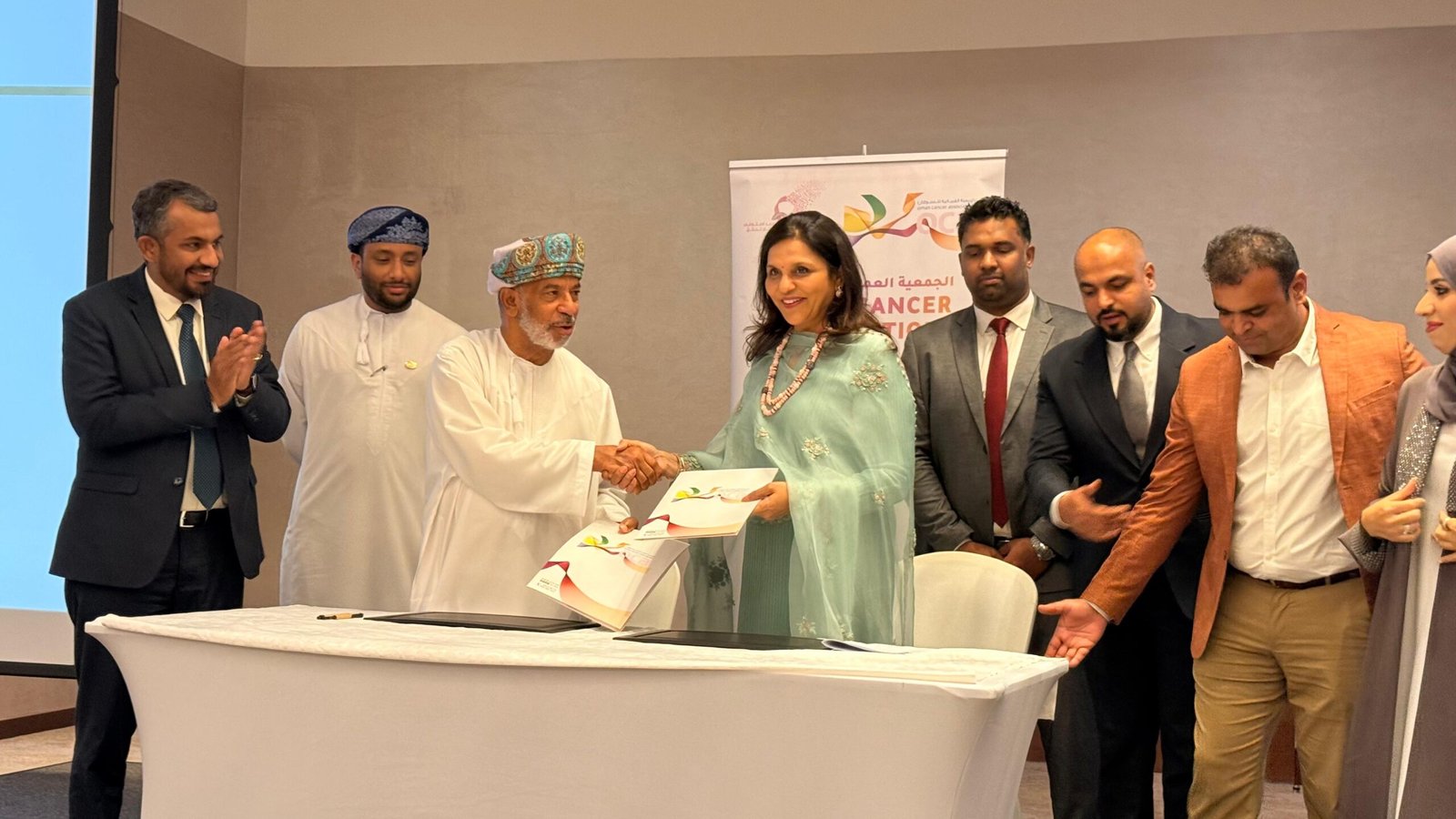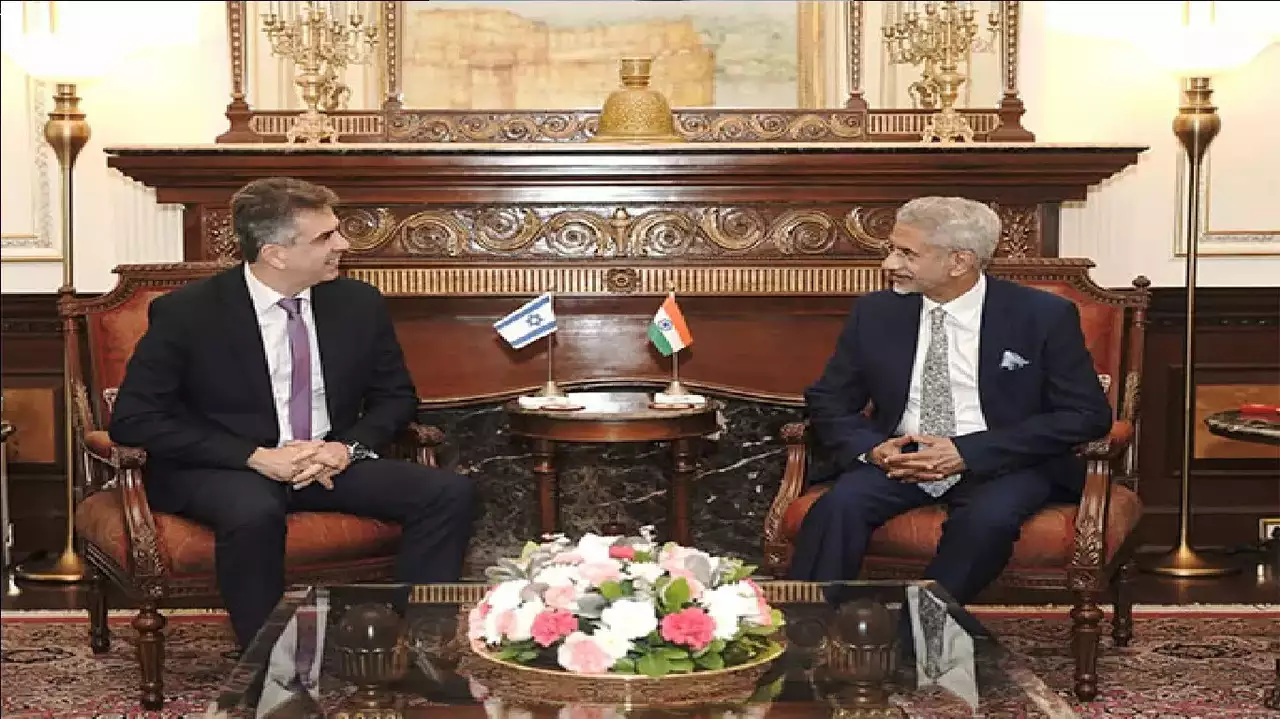The rationale for the conversation was the noticeable increase in accusations levelled at the CARICOM Reparations Commission (CRC) and various National Committees that there is a lack of diversity on the commission, in the National Committees, and in the victims whose historical experiences are at the forefront of the campaign for reparatory justice
Several Caribbean countries are planning various celebrations for “Indian Arrival Day”. Amidst all this, concerns have been raised by people of Indian descent that they have been left out of the reparation movement in the Caribbean.
On May 22, 2022, there was an online conversation on the question: Should Indians in the Diaspora demand reparation for indentureship? The conversation was facilitated by the Centre for Reparation Research at The University of the West Indies, Dr Kumar Mahabir, Prof David Dabydeen, the Ameena Gafoor Institute, and the Indo-Caribbean Cultural Centre. The rationale for the conversation was the noticeable increase in accusations levelled at the CARICOM Reparations Commission (CRC) and various National Committees that there is a lack of diversity on the commission, in the National Committees, and in the victims whose historical experiences are at the forefront of the campaign for reparatory justice, reported the jamaica-gleaner.com.
More specifically, the report said that Indians and people of Indian descent in the region and in the Diaspora have complained that they are either not, or insufficiently represented on, the CRC and National Committees.
Further, Indians descended from indentured workers through the post-slavery labour migration system that brought 523,657 Indians to Guyana, Trinidad, Jamaica, Suriname, Martinique, and Guadeloupe, with smaller numbers to the Eastern Caribbean islands like St Lucia and St Vincent & the Grenadines, argue that they are not evident in the justificatory narrative for reparation or in the Ten Point Plan, the CRC’s guiding plan for reparation.
These claims persist even though the CRC in its revised Ten Point Plan speaks to “deceptive indentureship”, and the chair, Prof. Hilary Beckles, consistently includes “deceptive indentureship” in his public advocacy.
The main arguments put forward by people of Indian descent and historians of Indian migration and indentureship in the Caribbean for demanding reparation are:
-
The recruitment system in India, especially for women, was fraudulent.
The recruiters were paid higher fees to recruit females and they used fraudulent means to entice them in order for ships to meet the quota for females – which shifted over time from 50:100 to 40:100, with many voyages falling below that ratio.
-
Despite written regulations, the pre-departure depot conditions were poor.
-
The shipboard conditions, despite protective treatment guidelines issued to the captain and crew, were horrible.
-
The journey via sailing ships was treacherous • The death rate on some ships like the Salsette to Trinidad in 1858, in which 124 of the 324 died en route after a journey of 108 days – an average of more than one per day – was high.
-
Ships were spaces of sexual exploitation – as evidenced by what happened to Maharani on the Allanshaw to Guyana in 1885 — despite regulations regarding non-interaction between women and the crew.
-
Women who emigrated were stereotyped as loose women, with the subaltern woman stereotyped as having low morals.
-
The plantation conditions were unreflective of contractual agreements regarding wages, health and accommodation, and women were not encouraged to work or they received lower wages than men
-
Some Indians were tricked into opting to migrate as they did not know they were going to plantation labour
-
Mobility was policed with the indentured not free to move having to get passes just like the enslaved
-
Indentured workers had to go on strike and mount resistance strategies to get attention to their conditions and force change.
Further, evidence shows that the post-indentureship years for those who did not repatriate were characterised by racial discrimination. Repatriation was also denied after a while.
After gradually imposing a charge to the repatriates for part of the cost, the entire cost was eventually placed on those who wanted to go back.
Some had to return to the region because they could not find family where they had left them, and even Mahatma Gandhi discouraged them from returning, telling them to stay in the Caribbean and be integrated because integration into Indian society would be difficult.
Indians have also been affected by post-slavery ideologies that ranked skin colour, with dark-skinned Indians being subjected to discrimination within and outside of their community.
So the caste system followed them to the Caribbean, where they also met the skin-colour hierarchy.
In addition, colonial education and missionary proselytisation affected their cultural heritage (names were changed; marriage and burial systems outlawed; they were stigmatised as “coolies”, and the idea that arable land was given in lieu of repatriation was a myth).
Many elite Indians, especially those who did not emigrate to the Caribbean as indentured labourers, have stood aloof from this call for inclusion in the reparation movement.
There is also opposition from people of African descent, who despite the evidence that the system of Indian labour migration was fraudulent in many respects, insist that Indian indentured workers signed contracts before emigration; the system was voluntary; there were no raids to capture Indians or separate them from family; on the contrary, family emigration was encouraged; there were regulations surrounding accommodation at the depots in Madras (Chennai) or Calcutta (Kolkata); regulations specified the size of ships, space allocation of passengers, ratio of crew to passengers; diet according to Hindus and Muslim customs was respected; the mortality rate was lower than on slavers, except in a few cases like on the Salsette; Indians were not deliberately thrown overboard when alive for any reason; and each ship had a surgeon to oversee the health of the migrants, and later, even a hospital on board.
Further, the opposing voices insist that Indians were not chattel.
No laws defined them as non-persons/property; laws prohibited flogging and other forms of cruel and inhumane treatment; Indians had civil rights and the Protector of Indians was vigilant; indentured workers received wages; Indian workers had hospital care when ill (in Jamaica, most hospitals were built when Indians arrived); Indians could not be sold or separated from family; repatriation was an integral part of their contract; their personal information was captured on documents that made family connections in India traceable; indentured Indians received benefits like land or cash in lieu of repatriation that gave them a better economic post-indentureship life in the Caribbean; indentured Indians were protected by laws that outlawed discrimination; and some became rich, were treated better because of knowledge of caste and colour and were facilitated by financial institutions with loans to enable them to establish businesses while refusing a leg up to African people.
The neo-slavery argument attached to Indian labourers has also been the subject of intense debate.
Many argue that it is intellectual dishonesty to describe indentureship as a new form of slavery as Hugh Tinker did or as The Other Middle Passage as Ron Ramdin did (maybe because of the Salsette tragedy).
Many people of African descent insist that while Indians are free to mount their own campaign against Britain, the thrust of the reparation campaign should be the crime against humanity committed by Europeans against Africans.
The debate will continue, but in the end, what is undeniable, is that collectively, there was marginalisation of various peoples in the Caribbean during the colonial period, which contributed to generational social and economic inequality that still permeates the region today.
Transformative reparation is what the movement demands.
Including other groups does not mean downplaying the rightness of reparation for the greatest crimes against humanity – the trading in Africans, chattel enslavement, and post-colonial harm.
***********************************************************
Readers
These are extraordinary times. All of us have to rely on high-impact, trustworthy journalism. And this is especially true of the Indian Diaspora. Members of the Indian community overseas cannot be fed with inaccurate news.
Pravasi Samwad is a venture that has no shareholders. It is the result of an impassioned initiative of a handful of Indian journalists spread around the world. We have taken the small step forward with the pledge to provide news with accuracy, free from political and commercial influence. Our aim is to keep you, our readers, informed about developments at ‘home’ and across the world that affect you.
Please help us to keep our journalism independent and free.
In these difficult times, to run a news website requires finances. While every contribution, big or small, will makes a difference, we request our readers to put us in touch with advertisers worldwide. It will be a great help.
For more information: pravasisamwad00@gmail.com








